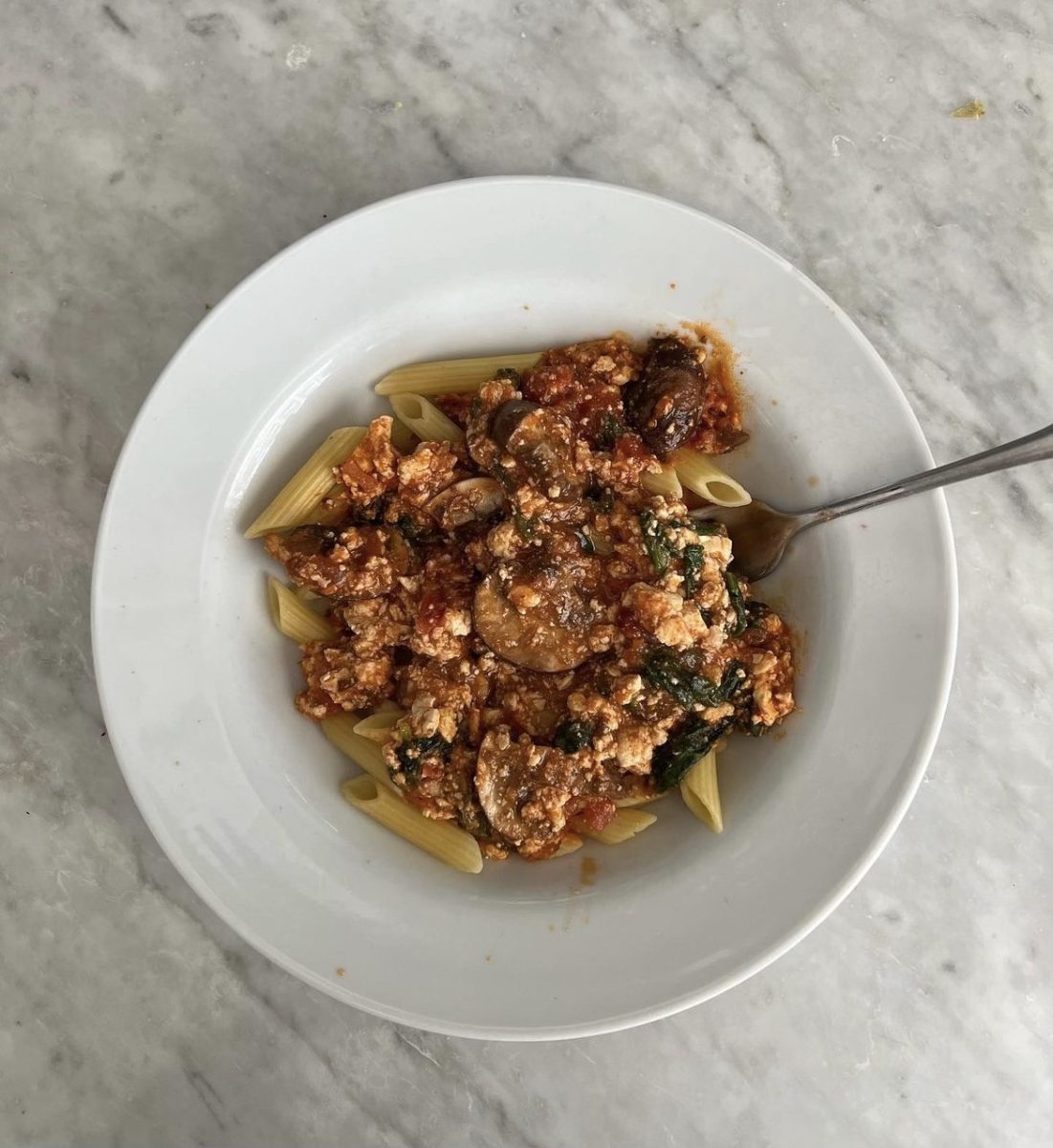
Personally, I think that penne pasta has been woefully disregarded in previous literature because the spotlight has always been taken up by the much flashier spaghetti. But honestly, what can spaghetti do besides get twirled on a fork? Nothing. Below are two reasons why penne is the primo pasta type.
Unlike most other pastas, penne can be eaten in two ways: the traditional spear-with-fork-tongs method and the less used, but even more effective, stick-tong-through-the-hollow-center-of-the-pasta method. While using the former method, it is difficult to get more than three pieces of pasta on the fork at one time. The latter method, on the other hand, enables you to catch a penne pasta on all four prongs and then, with the tips of the prongs that protrude out the other side of the pasta, spear three more. That’s seven total penne pastas that you can have loaded on your fork at any given moment. Using this combination, eating suddenly becomes considerably more efficient.
The hollow center of penne pasta also maximizes the pasta’s surface area. With more surface area comes more planes that can be smothered in marinara sauce, parmesan cheese, or whatever other topping you like to put on. Consequently, you get more flavor in each bite than you would with most other pastas because the topping-to-pasta ratio is much higher.
I hope this blog post has both titillated your tongue and piqued your interest in the wonder that is penne pasta. The fight for pasta supremacy is a tough one, but I am confident that with more universal support, penne will come out on top.










